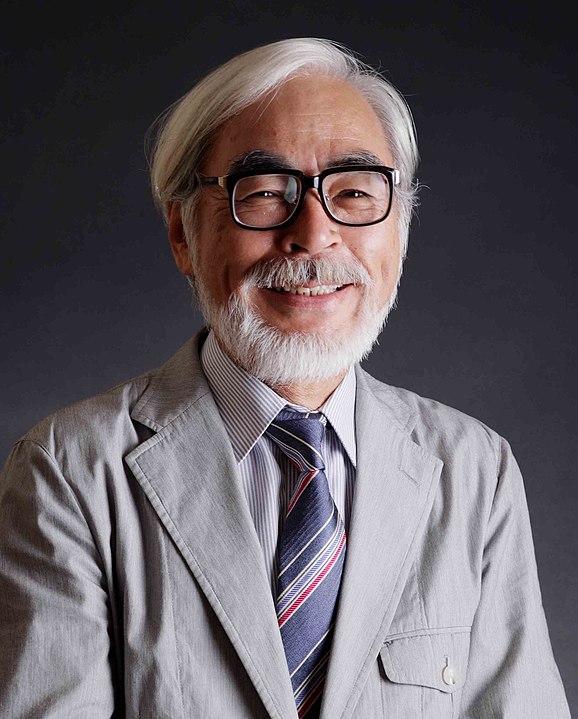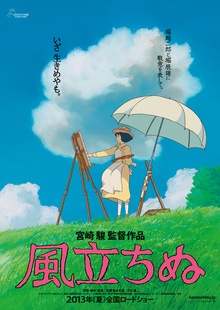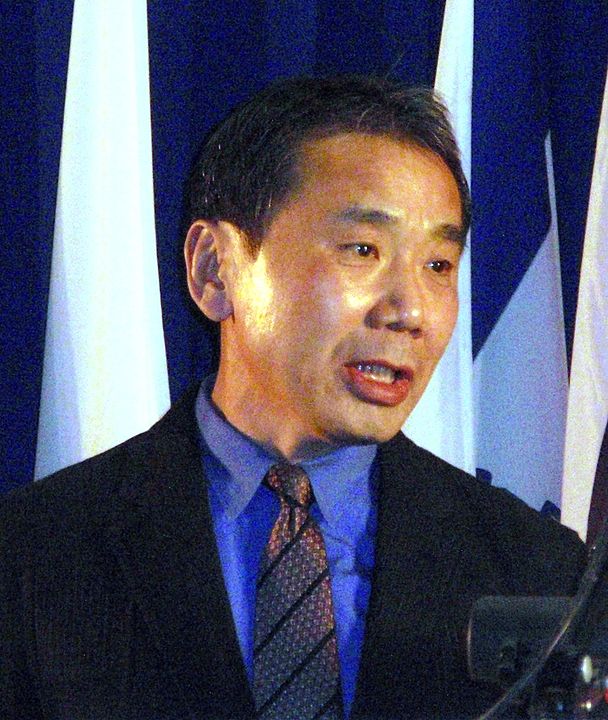 In artwork from around the world – you can see the reflection of different cultures.
In artwork from around the world – you can see the reflection of different cultures.
Be this painting, writing or sculpture – different cultural traits can clearly be seen. Such as the country or region, the period of time the artwork was created, or even if it’s part of a larger artistic movement, such as German Expressionism or the Renaissance.
Considering the field of creative writing and authors from the same region tend to share similar traits in their work – and one element that is not often discussed is that some people in the east prefer to leave their stories with an open ending, while in western society it is quite the contrary.
Japanese literature is known for its infectious language and the strong emotions it conveys, and that in this case, the expression of the characters’ inner feelings play an important part in the telling of the story. The characters emotions, desires, inner feelings and conflicts are explored. This type of work aims to be thought-provoking and powerful, so it’s not written to last for an hour or two in the mind of the reader, but to stay in their thoughts for months or years to come.
– Bearing this in mind, by keeping the ending open, it is a technique that Asian writers use to make the story linger in the mind of the reader. This approach also takes into account the fact that life doesn’t just end as a book or movie does, and even with death – life still moves forward. So having an open ending reflects the grand factor of life’s open-ended nature.
For example, there are quite a few discussions (see one here) online about how the Japanese director Hayao Miyazaki doesn’t end his movies

The Wind Rises (Miyazaki Animation)
well, or at least some of them.
One key point that is often overlooked in these discussions, is that he intentionally leaves his movies open-ended. As mentioned this creates additional emotional engagement and also points to the fact that life doesn’t just stop and it keeps on-going.
The quote below from the book the Science of Storytelling (P83) (by Will Storr) also draws on this point and highlights the Eastern tradition of Kishotenketsu and specifically the Japanese interpretation of this storytelling form. This emphasizes one of the key elements of a story is to get you to think about the characters and the meaning of the narrative.
One of the confusing things about stories in the east is there’s no ending…. in life there are not simple, clear answers. You have to find these answers.
It is also intriguing to discover how people who live under collectivism, such as those in Japan, tend to focus on individual emotions when it comes to artistic creation. In the east, people are taught to care about other people’s feelings and live under large groups from a very young age. There’s even this old saying in Chinese that goes “bullets often hit on that one bird who falls out the group”, to emphasize the importance of fitting in.
Regardless of political ideals, the interest of the group has always been valued more than the interest of each individual in many eastern countries. Thus, it should be reasonable to assume that this collective lifestyle affects the culture of many Eastern regions and the individual’s way of thinking, which in turn, adds a different dimension to eastern literature as opposed to that in the west.

For example – In his novel “Norwegian Wood”, Haruki Murakami writes about the personal growth of a boy after facing a series of suicides of his friends and immoral love affairs. The story ends with the protagonist calling one of the girls that he loved and unable to tell her his location as he was, both physically and spiritually lost.
While the events in the story are all unexpected and engaging, the author seems to prioritize the description of a character’s inner feeling in fragments over the plot-line.
The open ending leaves the reader with much to think about the internal feelings of the characters, rather than simply just the plot. Likewise, many Asian writers are exceptionally good at depicting the loneliness one feels like an outsider. Maybe how eastern writers emphasize personal experience and their attention to details are the things that make literary arts in the east stand out with their specific traits.





Leave A Comment